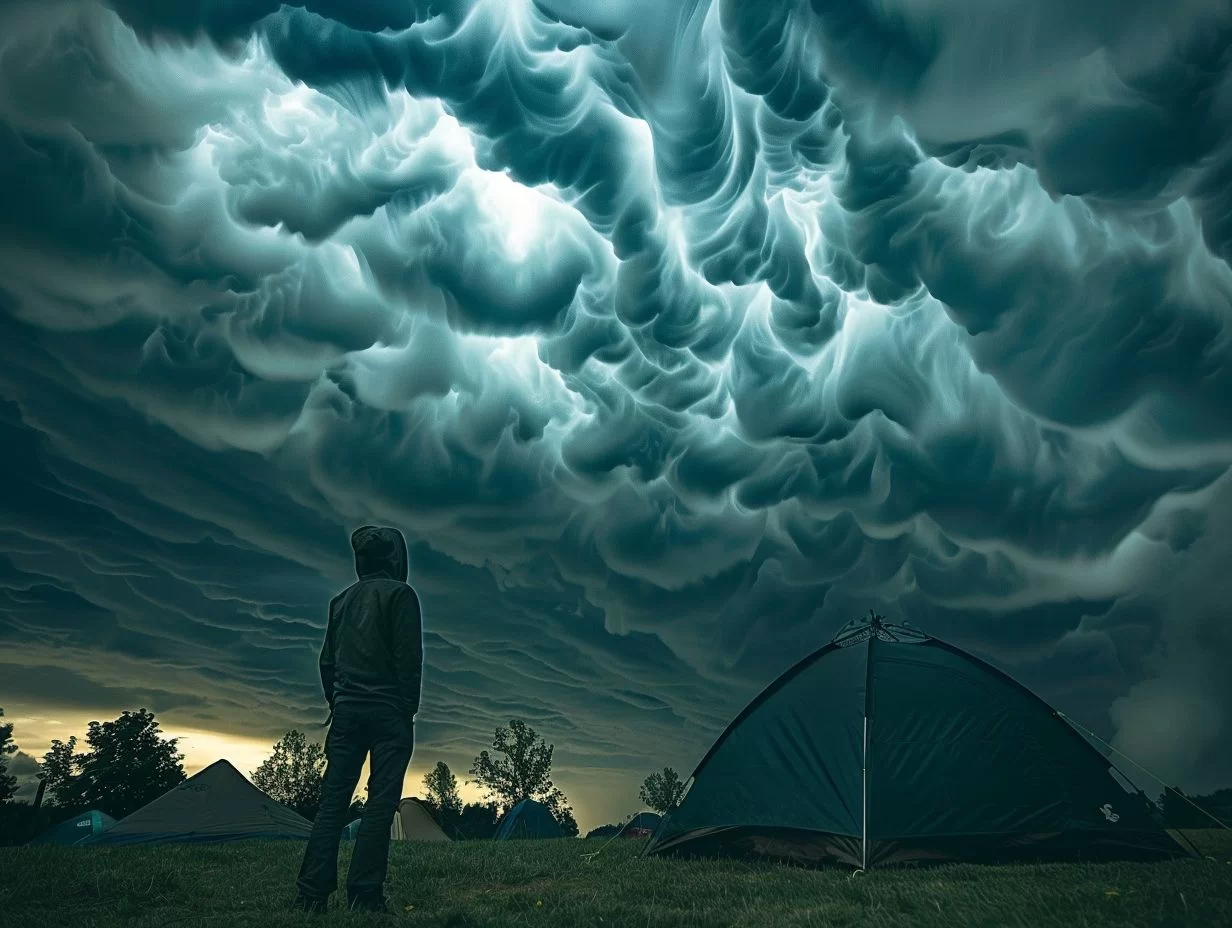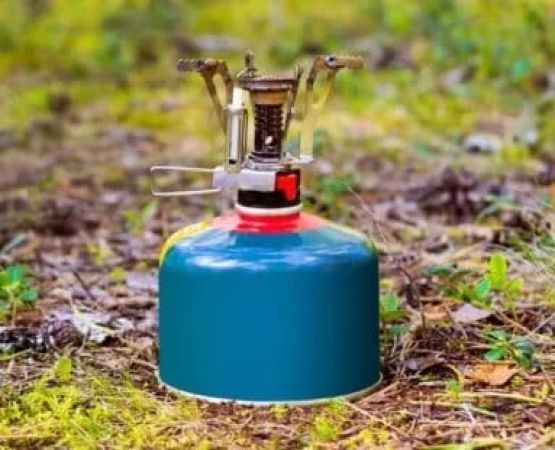How to Prepare Your Campsite for Unexpected Weather: Essential Tips for Outdoor Adventure
- Understanding the Weather: Why It’s Important to Prepare
- Essential Camping Gear for Unpredictable Weather
- How to Set Up Your Campsite for Bad Weather
- Protecting Yourself and Gear from the Elements
- Safety Tips for Camping in Stormy or Extreme Weather
1. Understanding the Weather: Why It’s Important to Prepare
When heading out for a camping trip, weather conditions can change unexpectedly. Whether you’re planning a weekend hike or an extended wilderness stay, preparing for unexpected weather is essential. Sudden rainstorms, wind, or temperature drops can disrupt your plans and pose risks if you're not ready. Understanding the types of weather you may encounter during your trip helps you take proactive steps to safeguard your campsite and your experience.
For example, some regions of the world are prone to rapid weather shifts, especially during rainy seasons. In tropical areas like Bali or Indonesia, heavy rains can come without warning, while in mountain regions like the Rockies or the Alps, temperatures can plummet at night even during summer. Preparing your campsite for unexpected weather not only ensures comfort but also enhances your safety and enjoyment of the outdoors.
2. Essential Camping Gear for Unpredictable Weather
The right gear is your first line of defense when camping in unpredictable conditions. Here are some essential items you should have on hand to handle any weather that comes your way:
- Waterproof Shelter: A high-quality tent with a waterproof rating is crucial for protecting you from rain. Look for a tent with a sealed flysheet and a sturdy frame that can withstand high winds.
- Weatherproof Sleeping Bag: Depending on the temperature forecast, invest in a sleeping bag designed for extreme temperatures. A sleeping bag with water-resistant features is ideal for wet conditions.
- Waterproof Footwear: Wet feet can ruin a trip quickly. Choose hiking boots or shoes made from waterproof materials, and always bring extra pairs of socks to keep your feet dry.
- Emergency Gear: A first-aid kit, flashlight, multi-tool, and a portable power bank are all necessary in case you need to deal with a sudden weather emergency.
3. How to Set Up Your Campsite for Bad Weather
The way you set up your campsite can make all the difference when faced with unexpected weather. Here’s how to prepare your campsite for various weather conditions:
- Choose Your Campsite Wisely: Set up your tent on higher ground to avoid flooding in case of heavy rain. Avoid areas under tall trees that could potentially fall due to strong winds or storms.
- Secure Your Tent: Make sure your tent is properly staked down and that the rainfly is tightly secured to prevent water from seeping in during a downpour.
- Use a Groundsheet: Lay down a groundsheet underneath your tent to protect it from moisture and to add an extra layer of insulation.
- Wind Protection: If you’re expecting wind, place your tent with its back to the wind direction. You can also use natural features like rocks or trees to help shield your campsite.
4. Protecting Yourself and Gear from the Elements
Once your campsite is set up, it’s important to think about how to keep yourself and your gear protected in the face of changing weather conditions:
- Layer Your Clothing: Dress in layers so you can adjust to varying temperatures. Include moisture-wicking layers to stay dry, and don’t forget a waterproof jacket to protect yourself from rain.
- Store Gear Properly: Protect your gear from rain by storing it in waterproof bags or containers. Make sure electronics are kept dry by sealing them in waterproof pouches.
- Stay Hydrated and Energized: Unexpected weather can be draining. Always have enough water and snacks available, as staying hydrated and nourished is key to maintaining energy in harsh conditions.
5. Safety Tips for Camping in Stormy or Extreme Weather
Certain weather conditions, like thunderstorms, hail, or extreme heat, require extra precautions. Here are some safety tips for camping in stormy or extreme weather:
- Thunderstorms: If you hear thunder, immediately seek shelter in a low-lying area away from tall trees or water sources. Avoid standing near metal objects or using electronic devices.
- Extreme Heat: If camping in hot conditions, ensure you stay in shaded areas during the hottest parts of the day. Use sun protection such as hats, sunglasses, and sunscreen.
- Snow and Cold: For snowy or cold weather camping, ensure your gear can handle extreme temperatures. Stay in insulated sleeping bags, and avoid sweating, as it can lead to hypothermia in cold conditions.
Planning and preparing for unexpected weather can make all the difference in your camping experience. With the right gear, knowledge, and awareness, you can enjoy your outdoor adventure no matter what the weather throws at you. Ready to prepare for your next camping trip? Click here to learn more and find the best camping gear for unpredictable weather!







